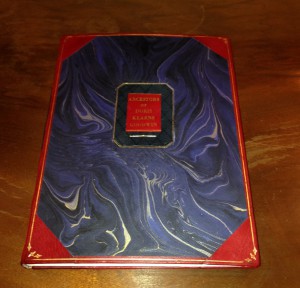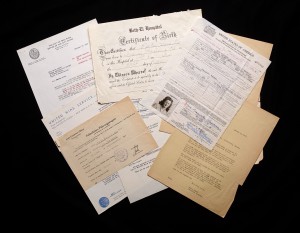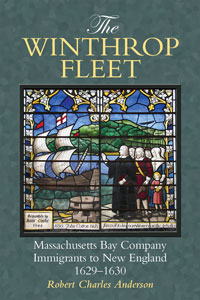 The question from the previous post was: “What if John Smith and Mary Brown lived in Barnstable but Abigail Smith and Harry Carey were married at Sandwich?” Barnstable and Sandwich are right next to each other, so why would this raise a red flag?
The question from the previous post was: “What if John Smith and Mary Brown lived in Barnstable but Abigail Smith and Harry Carey were married at Sandwich?” Barnstable and Sandwich are right next to each other, so why would this raise a red flag?
Although this example involves an early nineteenth-century wedding (1816), and the rules of posting banns and other restrictions of earlier centuries were becoming less common, in New England towns there was still a strong tie to church and community. Girls married in the church to which their families belonged. John and Mary (Brown) Smith belonged to the church in Barnstable – what would their daughter be doing getting married in Sandwich? Continue reading A sense of place and name







